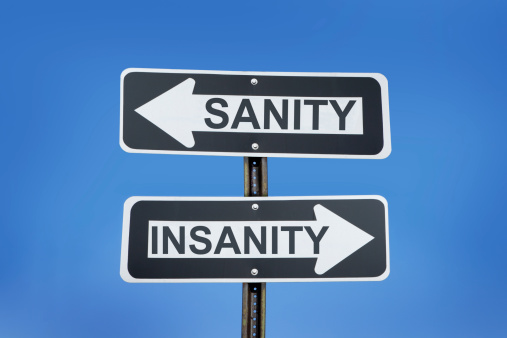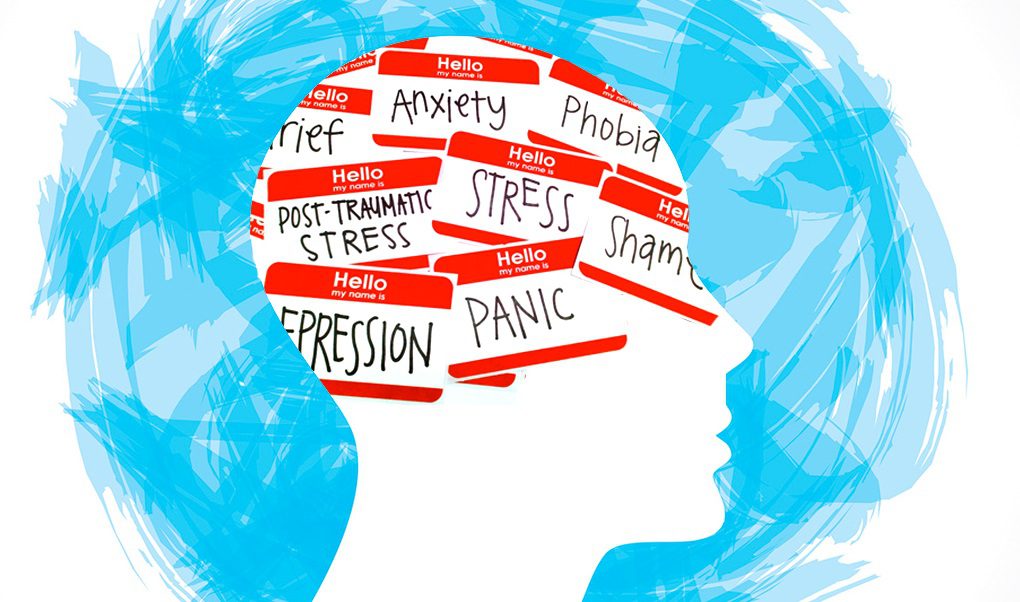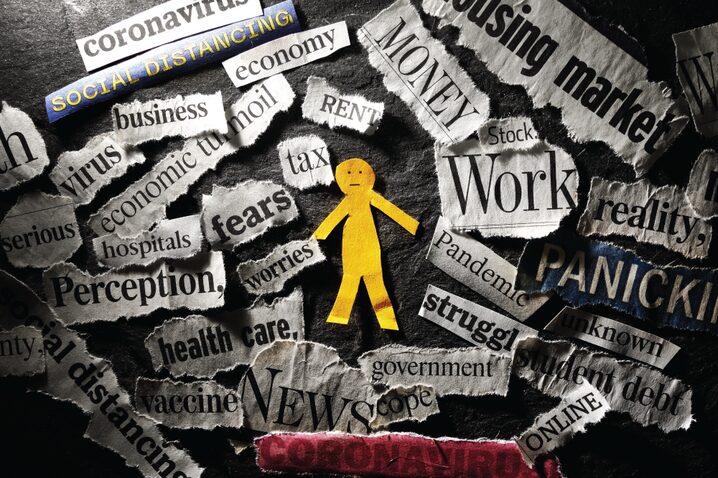Stress
Dear Dr. Sylvia, I hear your Sanity Challenge is lots of fun and very informative. I don’t want to wait day after day. Therefore, can you send me a week worth of exercises I can do when I want? I tend to be a rebel who hates being on anyone’s timeline but my own. I…
Read MoreSummary: Too much stress is self-induced and comes from how we react to change. While the change won’t stop, how you respond can make a difference. While I know this is a fundamental concept, here are ways to look at your responses in a different light. Dear Dr. Sylvia, I’ll make this short and sweet.…
Read MoreSummary: We live with fake news, general rancor, sizzle and sparkle, slander, and superficiality. As leaders, you must look at the information you receive more intently. Here are ways to judge if someone is here to help or hinder long-term success. Dear Dr. Sylvia, I watched a recent 60 Minutes segment that was chilling. It…
Read MoreSummary: The world has changed, and more freedom of speech exists. However, freedom has a downside. The big question is how to use that freedom productively rather than hurt and hinder relationships. Dear Dr. Sylvia, Am I alone in using strong words to help calm me down when I am upset? I think not. However,…
Read MoreSummary: I did a survey asking the following question: What are your usual coping mechanisms? Here are new ways to cope with today’s stress. Dear Dr. Sylvia, Is the world moving faster? Perhaps it’s just me? Nah, I understand that we have more technology to give us information at warp speed. Thus, we know more…
Read MoreSummary: Are you looking for stress relief? Is your stress higher at work or at home? Here is how to cope with stress and help those around you benefit. Dear Dr. Sylvia, Even though I don’t know Will Smith, I keep getting a whack on the side of my head! At least, it’s only figuratively. …
Read MoreSummary: If you have ever felt overwhelmed and frustrated, you’ll relate to what my coaching client said. When you feel overwhelmed mistakes will happen. Dear Dr. Sylvia, “I had a fender bender on the way to work because I was late and rushing; I tripped going on the up escalator. (Who the heck ever stumbles…
Read MoreSummary: Red roses, dark chocolate, or a shiny new car are great gifts for the special day to celebrate love. However, if you give stress the day off, you give the best gift, you being fully present. That’s the best present of all. Even on the best of days, stress can prevent you from being…
Read MoreSummary: What do you do when plans are derailed and there is no light at the end of the tunnel? Here’s what to do with feeling overwhelmed. Did you ever want to lash out at someone and instead yell at your ever-faithful dog? Or, make nasty comments to your indoor plants for demanding attention. as…
Read MoreSummary: Why is telling the truth so darn hard? Why is it even worse to speak truth to power? It’s about the words and especially about the timing. Here are some ways to make truth-telling more effective. So much information, so much confusion. Who do you believe? Which media outlets are pushing out fake news…
Read More









